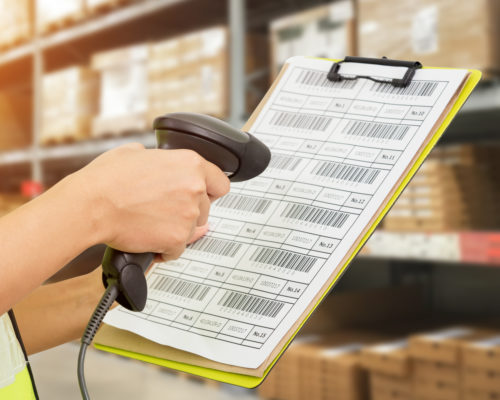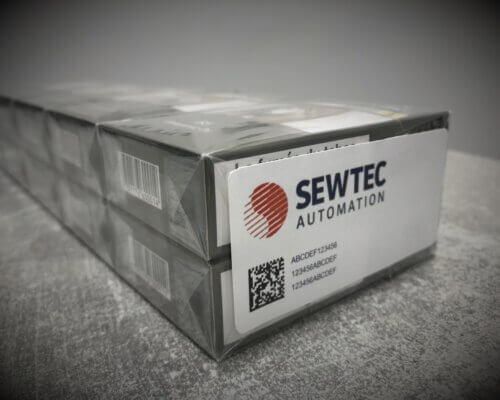
What is track and trace?
A track and trace system applies unique serialisation coding onto products during production and packaging, which stays with the product throughout the logistics phase and connects machine automation with factory business systems.
Why is track and trace needed?
One significant development which has increased the need for track and trace systems is the introduction of new legislation and regulations from the governing bodies of industries. There has been a clamp down on the accountability applied to products within certain sectors, and the serialisation of packaging through track and trace can help companies meet those now mandatory requirements.
How does track and trace work?
To ensure products are fully traceable through the supply chain, track and trace systems use unique codes at every stage of the packaging process. This coding is given to each individual product, so it can be traced at any point.
The process begins at the primary packaging point and unique codes are assigned at each stage, until the product is placed on a pallet to be shipped out. These codes are usually generated by a system with an external interface and can be applied in various different ways, including laser, inkjet or “print and apply” technology.
A key aspect of track and trace is the validation and authentication of the unique codes at each stage of the process. Once the code has been applied at each packaging point, it is verified, validated and authenticated before the product can move onto the next stage of the production or packaging process.
If there is an issue with the code, a non-authentication alert is triggered, and the product packaging will not go any further along the supply chain. In short, if the code cannot be traced, the product will be removed.
Crucially, the same code stays with the product throughout the logistics phase, with serialisation connecting machine automation with the business systems of the factory in question.
Which industries requires track and trace?
One sector in particular where the need for serialisation has become imperative is tobacco, due to the introduction of new legislation. In May 2016, the EU Tobacco Products Directive (EUTPD II) came into force, bringing with it stricter regulations.
To understand exactly how the tobacco industry is innovating, it is important to understand Article 15 and 16 of the EU TPD legislation, which has implications for traceability and security. Tobacco legislation states that manufacturers must implement a traceability system (Article 15), under which all unit packets of tobacco products are required to be marked with a unique identifier. In this context, track and trace prevents spurious products from entering the market.
The pharmaceutical industry is another with an extensive requirement for strict track and trace systems. Due to the number of stakeholders involved in the supply chain – manufacturers, distributors, dispensers and patients, for example – pharmaceutical products are passed through many pairs of hands which could lead to misuse and counterfeit products entering the market.
Track and trace in the pharmaceuticals industry is integral to mitigating the risks posed by counterfeit drugs and allows the pharmaceutical supply chain to manage is products more efficiently. Pharmaceutical track and trace legislation is already in place around the world – the EU enforced serialisation in 2017; the US has the Drug Quality and Security Act; and China implemented mandatory serialisation on more than 500 products deemed to be an essential list.
At Sewtec, we understand the importance of being able to track and trace products throughout the global supply chain.
Through our track and trace systems, your business can meet regulations, improve processes and gain commercial advantage. For more information on how we can help you track and trace/serialisation solutions, get in touch here.



